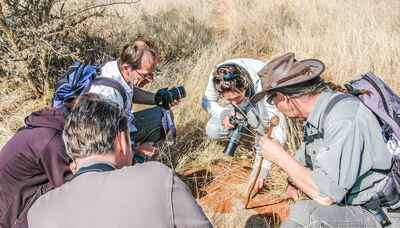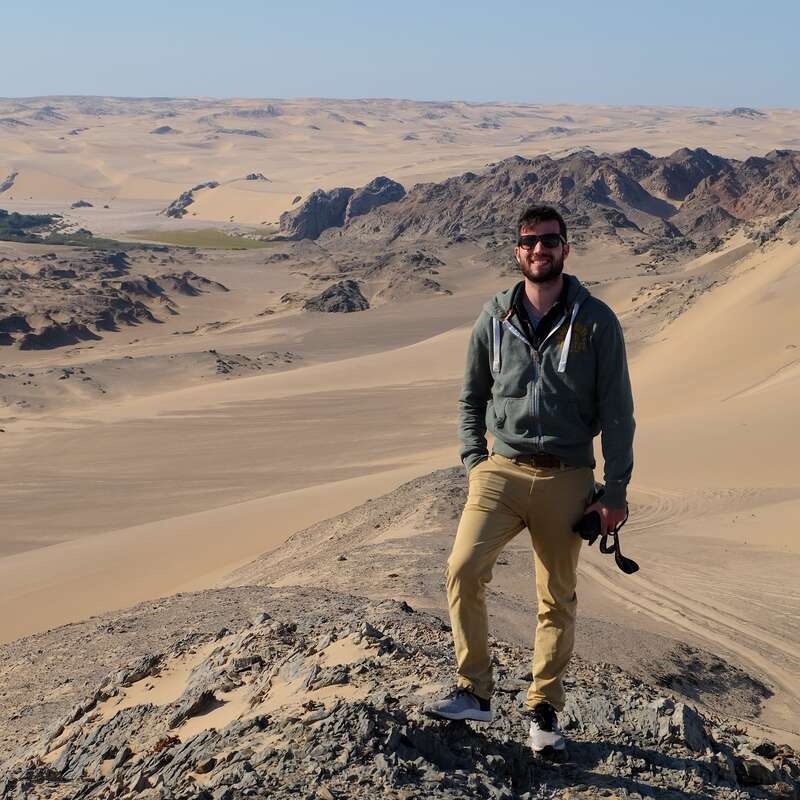About Mundulea Reserve
Mundulea is unique: personal, quirky and very intimate, it offers the chance to explore Namibia’s natural world on foot.
For those who seek not merely to see, but to understand, Mundulea should be top of the list.
The reserve was created through the dedication and passion of owners Bruno and Kate Nebe, who set about re-wilding this area of the Otavi Mountains at the turn of the millennium. One of Namibia’s top guides, with an encyclopedic knowledge and seemingly infinite curiosity, Bruno has re-introduced most of the wildlife that is naturally found in the region, protecting Namibian rarities such as black-faced impala and the heavily endangered pangolin.
Visitors at Mundulea explore on the animals’ terms, for this is no ordinary safari. Yes, there are hides, strategically placed so you can sit and watch animals as they come to drink, but for the most part you will be out there on foot, glimpsing giraffes through the trees, coming across zebra in a clearing, or perhaps listening to the stampeding hooves of eland at dusk.
There are forests to negotiate, hills to climb, and even caves – though only the very brave will do more than look into these! Then return to the simple yet comfortable camp for good home cooking over an open fire, a spot of R&R – and some superb birdwatching.
Our view
Mundulea is perfectly positioned for travellers either driving from or heading to eastern Etosha. Relaxed and friendly, it's a place to explore and to discover by day, returning in the evening for in-depth discussions and storytelling around the campfire. It is best suited to those who are really into walking, and have a genuine interest in their environment. By all means come to find wildlife, but it's not a place to get up close and personal with animals; instead come for real insights into Namibian wildlife and to enjoy what we know is some of the continent's best guiding.
Accommodation
4 tents
Children
Best for 8+
Open
Mid-Jan to mid-Dec
Activities

Birdwatching

Guided walking safari

Private activities
Traveller reviews of Mundulea Reserve
86 real, un-edited reviews from Expert Africa's travellers.
Arrived 9 Sep 2024, 3 nights
"Mundulea Reserve review"
Overall rating: Excellent
Arrived 21 Jun 2024, 4 nights
"Nature walks & talks at Mundulea with Bruno"
Overall rating: Excellent
Arrived 10 Jun 2024, 3 nights
"Mundulea Reserve review"
Overall rating: Excellent
Arrived 19 Mar 2024, 3 nights
"Mundulea Reserve review"
Overall rating: Excellent
Arrived 12 Sep 2023, 3 nights
"Mundulea Reserve review"
Overall rating: Excellent
Arrived 12 Sep 2023, 3 nights
"Mundulea Reserve review"
Overall rating: Good
Arrived 1 Aug 2023, 3 nights
"Mundulea Reserve review"
Overall rating: Excellent
Arrived 18 Oct 2022, 3 nights
"A highlight of our trip (our many trips!)"
Overall rating: Excellent
Arrived 12 Oct 2022, 3 nights
"Mundulea Reserve review"
Overall rating: Excellent
Arrived 26 Sep 2022, 3 nights
"Mundulea Reserve review"
Overall rating: Excellent
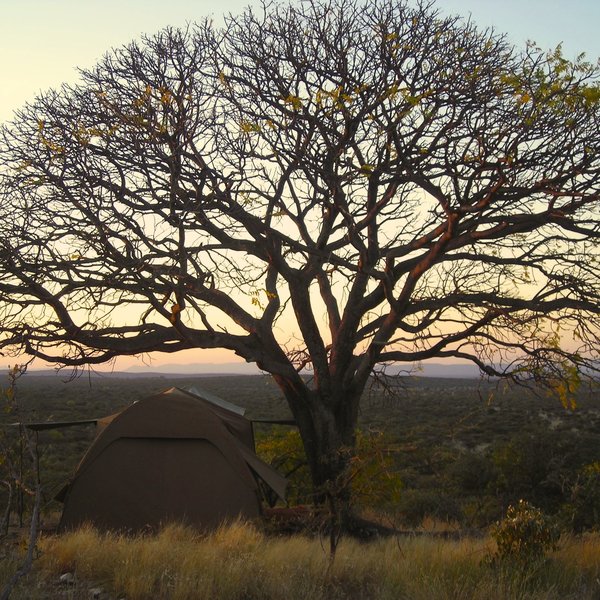
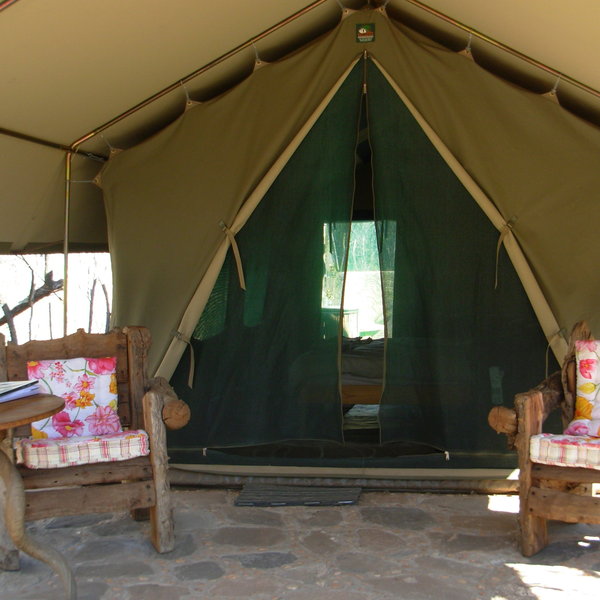
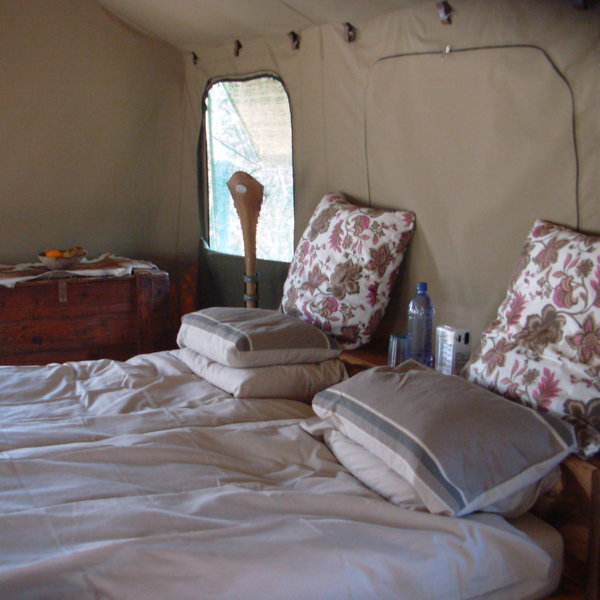
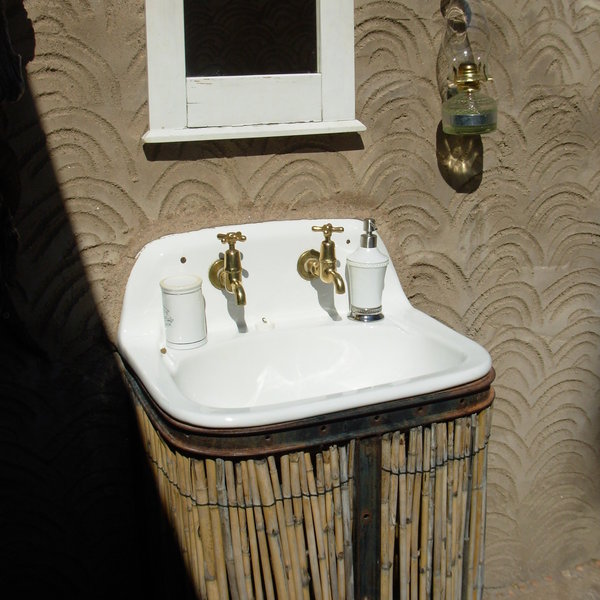
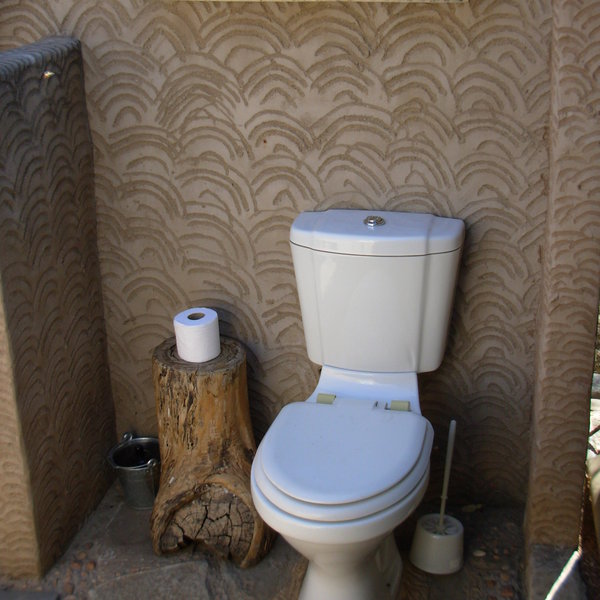
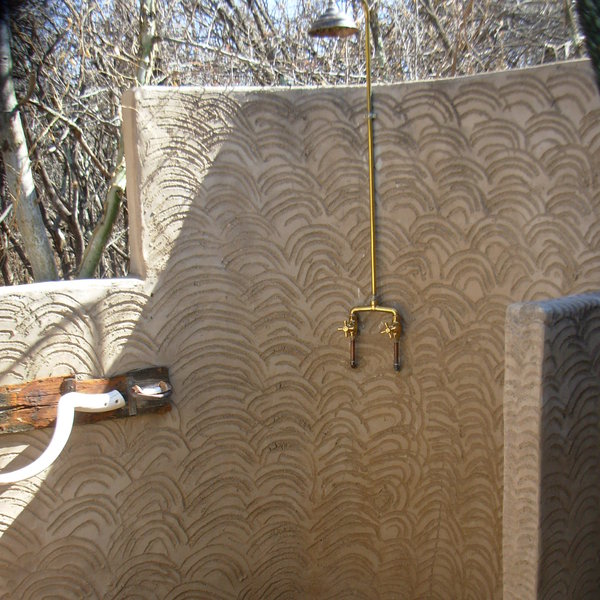

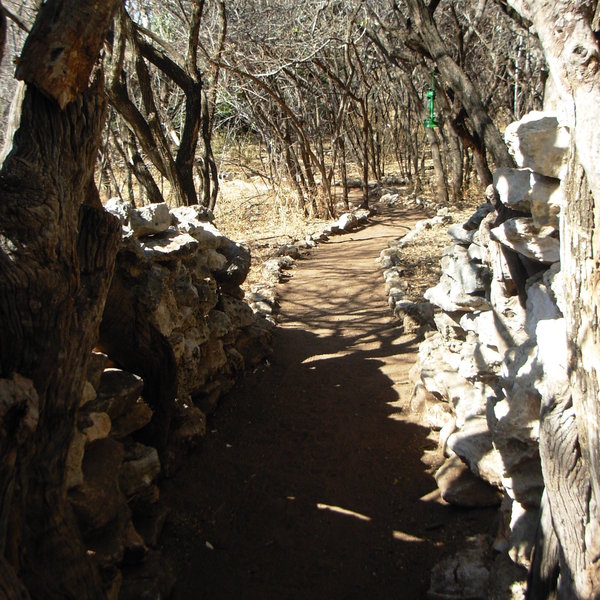
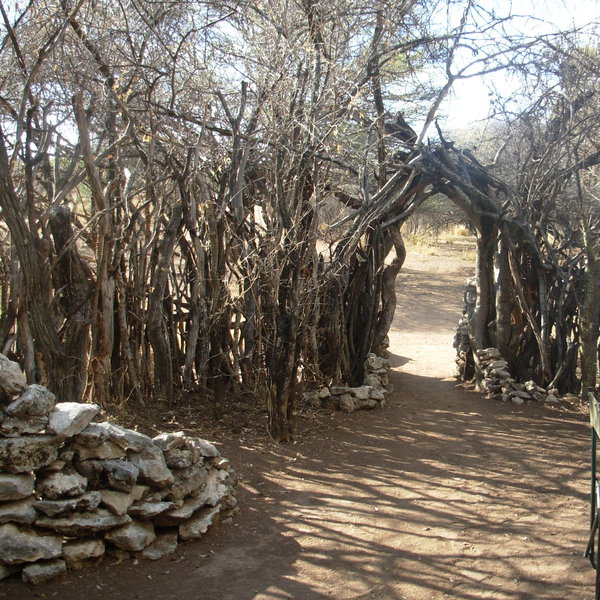
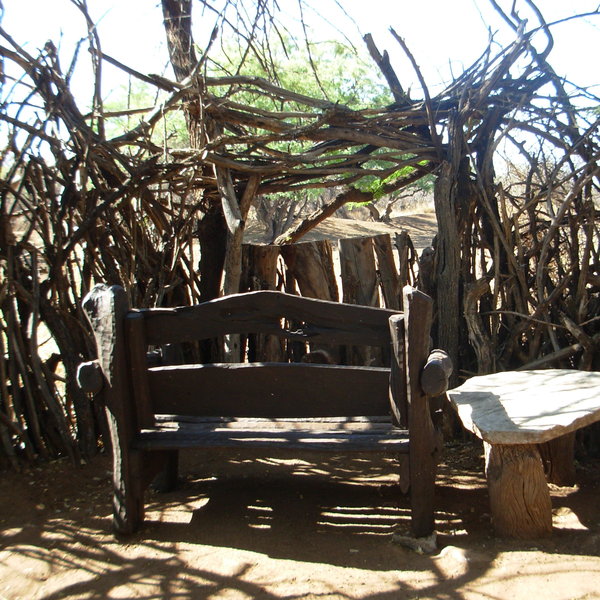
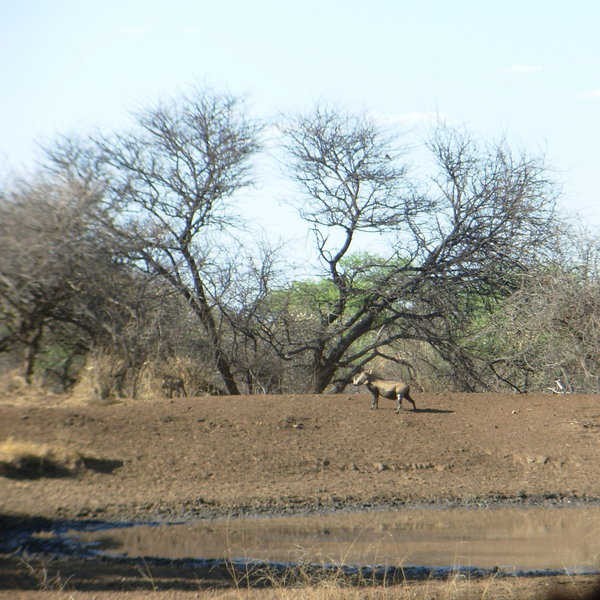
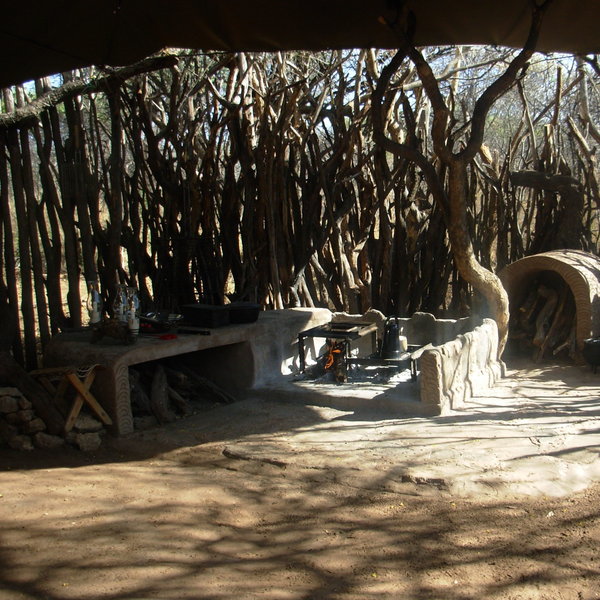
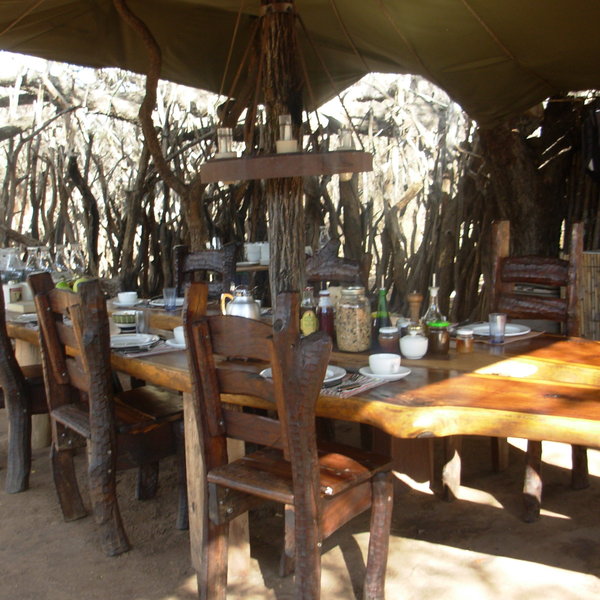
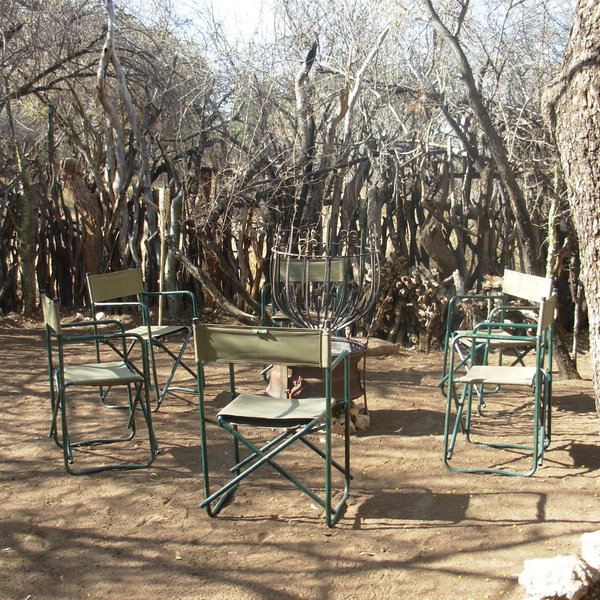
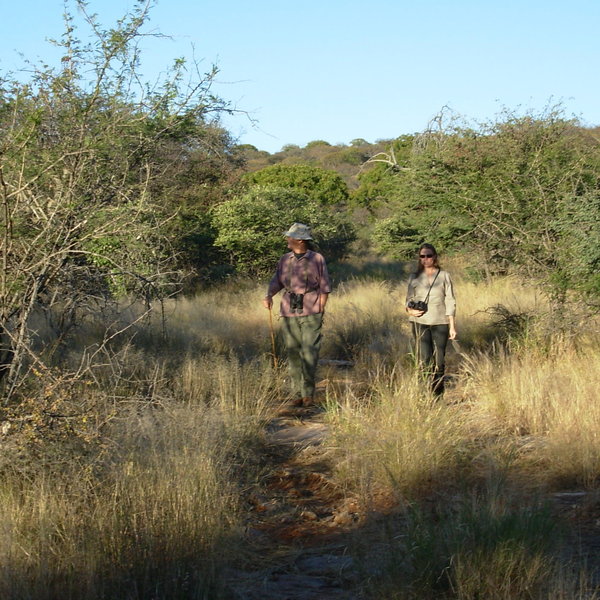
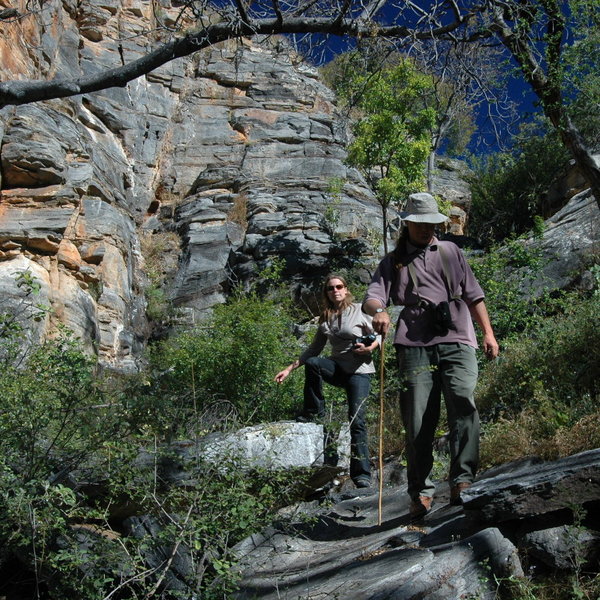
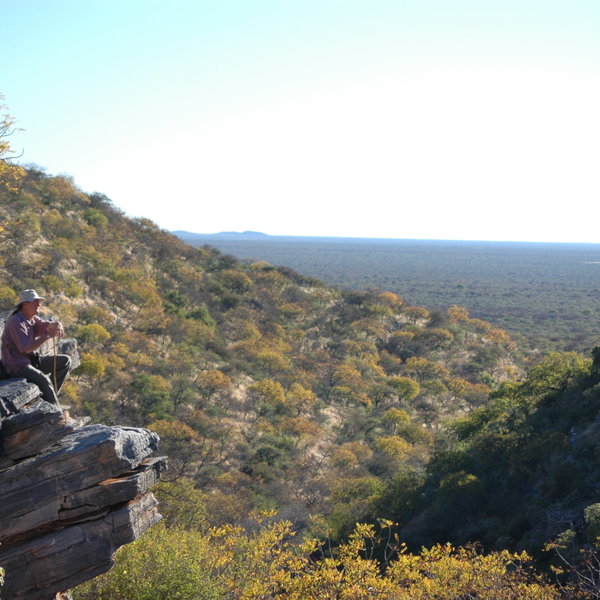
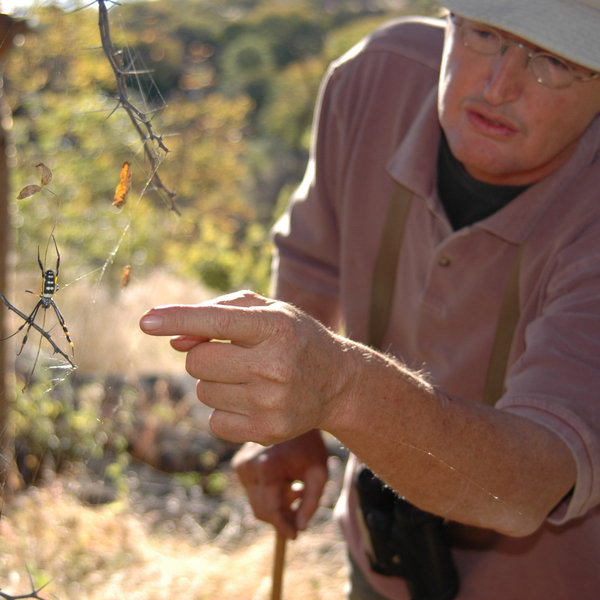
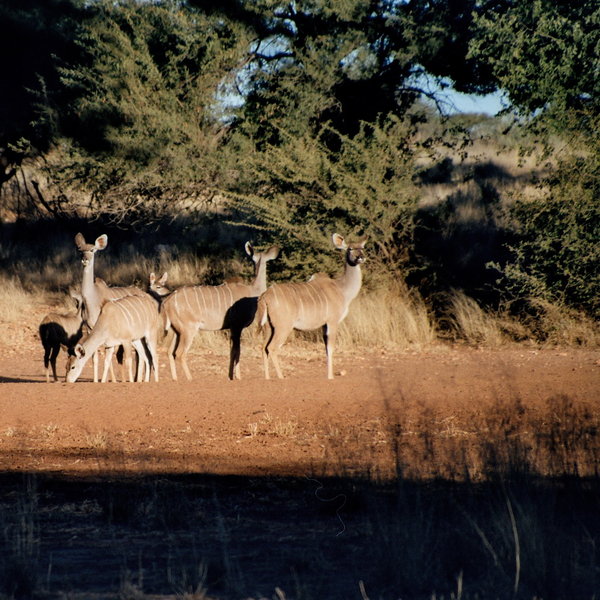
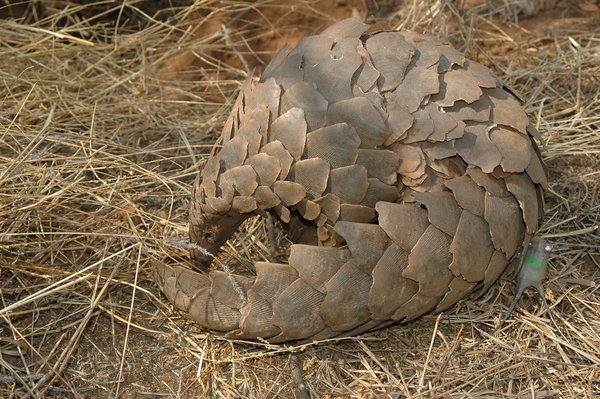
Expert Africa's gallery
When we travel we take lots of photos ourselves to give you a real and un-edited view of the safaris. See our 78 pictures of Mundulea Reserve to get the candid view.
View gallerySafaris visiting Mundulea Reserve
Just ideas, we'll always tailor-make a trip for you
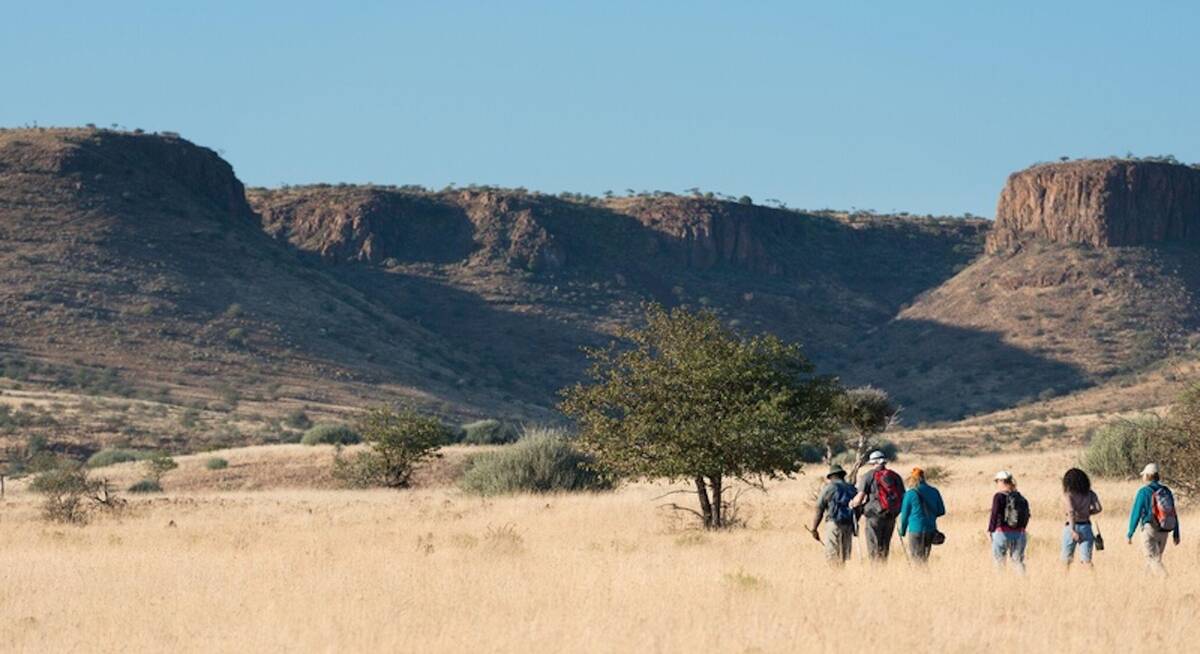
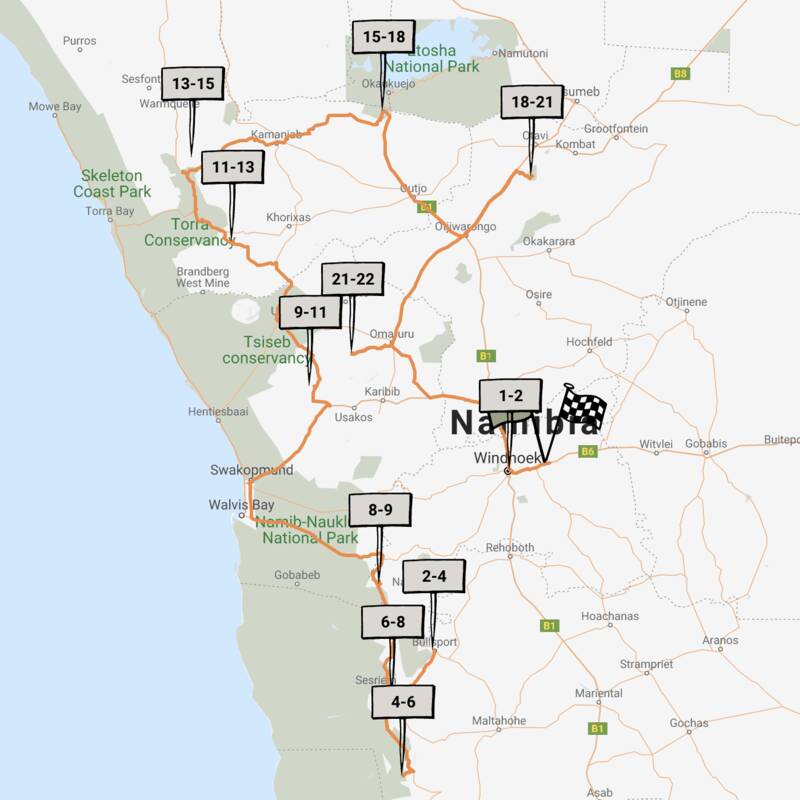
Chongololo Self-drive Safari
21 days • 11 locations • 1 country
WINDHOEK AIRPORT TO WINDHOEK AIRPORT
This self-drive safari focuses on the best walking experiences in Namibia. Get your boots ready for the apricot dunes of the Namib Desert and the ancient hills of Damaraland.
Visiting Central Highlands, Namib-Naukluft and 4 other areas
US$10,150 - US$10,290 per person
Mundulea Reserve: Our full report
The 120km² Mundulea Nature Reserve was established by Bruno and Kate Nebe in 2001.
Since then, the four former cattle ranches that make up the reserve have been gradually restored and re-wilded, a process that is still ongoing. The reserve is now home to thriving and diverse populations of game, including several threatened and endemic species. Guests – limited to a maximum of eight – normally spend four days exploring the reserve on foot (game drives are not offered here) with expert guides, returning each evening to a comfortable bush camp.
Mundulea is named after a beautiful purple flowering bush, Mundulea sericea, favourite food of the rhino, eland and kudu – and said to be possessed of healing and magical powers. Namibian rarities here include roan antelope, tsessebe and black-faced impala, alongside more widely known species such as cheetah, leopard, brown and spotted hyena, kudu, oryx, eland, wildebeest, Hartmann’s mountain zebra and giraffe. In addition, you are likely to come across some of the smaller animals of the bush, such as banded mongoose, bushbabies, aardvark and dik-dik, which make walking, sitting quietly at the waterhole or simply being outside in the evening such a delight. If you are particularly lucky you may get the chance to see the rare and elusive pangolin – subject of an ongoing and ground-breaking research project at Mundulea – which would be a memorable bonus.
Yet this is not a camp to visit exclusively for the wildlife – or indeed for the excellent birdlife. Rather, come for the walking, the environment, the highly personal approach, and most of all for the expert guiding – as we did once again on our last visit in September 2018. Bruno is one of the best guides in Africa, passionate about every aspect of nature and conservation, with a broad knowledge of topics that range from animal husbandry to rock art to geology to local politics – and much more. Add to this an extraordinary ability to enthuse and you have an experience that – for visitors of almost any age – is hard to match. So while wildlife sightings are by no means guaranteed, the animals that you do see will be quietly going about their own business, and seeing them on foot will give you a unique perspective on their behaviour.
The bushcamp itself is cosy and rustic, surrounded by stick palings like a traditional Ovambo homestead. At night, it is transformed by the flickering light of candles, though there is solar-powered light if needed. At the heart of the largely open-air sitting area, meals are prepared over an open fire and eaten at a massive dining table built around a tree trunk, with beautiful heavy leadwood chairs – all handcrafted, like most of the camp's furniture, in Bruno's workshop. A wrought-iron firepit is an inviting spot for pre-dinner drinks, and a small library of well-thumbed books is testament to Bruno’s broad interests in Namibia's fauna, flora, geology and much more.
A stroll away from here are just four spacious walk-in tents, making Mundulea feel intimate and personal. Large mesh windows provide light and air into your tent – or can be zipped up if preferred. Twin beds are topped with goosedown duvets – light ones for the summer months, and thicker for wintertime, with hot-water bottles for good measure. Bottled water, insect spray and torches are provided, as well as solar-powered bedside lamps.
The en-suite bathrooms are open air, built among the trees and totally private, each with a shower, flush toilet and handbasin. Water is heated by a traditional “donkey” boiler, which burns only invasive brushwood.
At the front of each tent is a big porch set with heavy chairs, but for watching wildlife and birds, wander over to one of the two small hides nearby that overlook a waterhole.
Walking among Mundulea's ancient hills riddled with caverns and deep gorges is the main activity here – and particularly welcome for those who may have been cooped up in vehicles on safari in Etosha. Each day is geared to the interests and abilities of the guests, with trails that range from gentle ambles to more rigorous hikes: flexibility is the key. Usually, you’ll enjoy two walks a day, returning from the morning excursion in time for lunch and relaxation in the hottest part of the day before setting out again in the afternoon. However those who wish can go out for a full day with a packed lunch, though generally this is recommended only in the cooler months, July –September.
Bruno has often referred to Mundulea as primarily a conservation project rather than a tourism enterprise. As such your visit will support this unique project and you can be sure that any money received goes straight into conservation and research on the reserve. Bruno is working on long-term projects with several partners worldwide, including the Royal Botanic Gardens at Kew.
Activities
Birdwatching
Guided walking safari
Private activities
Families & children
- Attitude towards children
- Mundulea views eight years old as a sensible minimum age for younger guests, since smaller children will get tired on longer walks. This is particularly so in summer (Nov-Apr) when the grass can be quite high and temperatures more demanding. If families would like to come to Mundulea with children younger than eight, ask us for a private booking, so that the activities can be arranged entirely around your family and children.
- Property’s age restrictions
- Mundulea accepts children on a case-by-case basis, with eight years generally considered the minimum age.
- Special activities & services
- None, although activities are flexible and can be tailored to suit families with children.
- Equipment
- None
- Generally recommended for children
- Yes, as long as the children can walk for at least two hours at a stretch. Small groups mean that activities can usually be tailored around children's needs, and guides will spend time helping children to understand “how nature works”.
- Notes
- Children must be under the constant supervision of their parents, both for safety reasons and for the consideration of other guests in camp.
Food & drink
- Usual board basis
- Full Board & Activities
- Food quality
- Homely, fresh and wholesome meals at Mundulea are usually cooked over an open fire in front of the guests – quite a feat considering the quality of the meals produced. Much of the produce, including excellent salads, is grown at the farmhouse on the reserve. As you might expect with the high level of personal service here, catering for dietary requirements is relatively easy provided enough notice is given.
Breakfast usually consists of a choice of muesli and yoghurt with fresh fruit, or perhaps a full cooked breakfast of sausage, bacon and eggs. In either case be sure to enjoy the fresh fire-baked bread: it is delicious!
lunch took the form of ultra-fresh salads (reminiscent of a Greek salad, but with extra ingredients!), with cold meat, cheese and more of that home-baked bread, rounded off with fruit salad: perfect for a hot day.
Dinner is usually a hearty meal. On our first night we enjoyed oryx fillet steak with cabbage and homemade chakalaka (a sort of South African relish). The following evening was mango chicken with rice, cabbage and steamed vegetables. - Dining style
- Group Meals
- Dining locations
- Outdoor Dining
- Further dining info, including room service
- No
- Drinks included
- Included are juice, cola, mineral water, beer, wine and gin and tonic. If you would like any other drinks let us know and we will do our best to arrange them, though this may be at extra charge.
Fresh mineral water is always on hand for you to top up your water bottle.
Our travellers’ wildlife sightings from Mundulea Reserve
Since mid-2018, many of our travellers who stayed at Mundulea Reserve have kindly recorded their wildlife sightings and shared them with us. The results are below. Click an animal to see more, and here to see more on our methodology.

100% success

96% success

91% success

91% success

50% success

24% success

5% success

5% success

5% success

5% success

0% success

0% success

0% success
Getting there
- Location
- Central Highlands, Namibia
- Ideal length of stay
- Three nights/four days is the minimum stay at Mundulea, allowing for an afternoon activity on arrival, and a morning walk before you leave on the fourth day.
- Directions
- Mundulea is set in the Otavi Mountains, around 36km south of Otavi town.
Guests can drive themselves to the reserve, or can fly in by small plane to a rudimentary landing strip just outside Otavi, about 30km from Mundulea. From here, you will be collected and transferred to the camp. - Accessible by
- Self-drive or Fly-and-Transfer
Special interests
- Family safaris
- Mundulea offers child-friendly guiding and a hands-on approach towards family safari holidays in Namibia. It's a great reserve for inquisitive families with active children, ideally 8+, who like walking. If the camp is taken on an exclusive basis activities can usually be tailored to suit kids.
- See ideas for Family safaris in Namibia
- Birdwatching safaris
- Namibia's Mundulea Reserve has excellent guiding and some first-class birding. The environment ranges from kopjes to open plains, with a good variety of birds such as Rueppell's parrot, paradise flycatchers and plenty of raptors.
- See ideas for Birdwatching safaris in Namibia
- Walking safaris
- Mundulea brings a very different perspective to a walking safari in Namibia, with one of the best guides in the business. The reserve boasts rare and unusual species, but walking safaris here are more about understanding the environment as a whole.
- See ideas for Walking safaris in Namibia
- Wildlife safaris
- Mundulea’s wildlife diversity includes large herds of eland as well as roan, tsessebe, zebra, giraffe and black-faced impala, though its walking-only policy gives a new dimension to a Namibian safari. It's also a centre for research into Namibia's endemic subspecies.
- See ideas for Wildlife safaris in Namibia
- Scenic walking & hiking
- Walks at Mundulea are usually led by Bruno, who we rate as one of the best guides in Africa. His passion for nature and conservation, broad knowledge of topics from geology to local politics, and ability to enthuse you, make for a Namibian walking experience that’s hard to match.
- See ideas for Scenic walking & hiking in Namibia
Sustainability
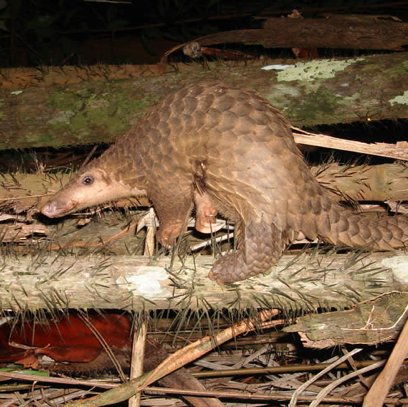
Mundulea Reserve: Pioneering pangolin research
Established with one clear goal: to protect bio-diversity and provide breathing and breeding space to Namibia’s rare sub-species, Mundulea Nature Reserve is a safe haven for over 260 species, having already re-introduced eleven species to this once game rich area.
Perhaps the most visible work towards achieving its sustainability goal is the reserve’s efforts towards researching the behaviour of pangolins, one of the most endangered groups of mammals in the world as a result of illegal wildlife trade.
The reserve collaborates closely with Namibia Animal Rehabilitation Research and Education Centre to use the bushcamp to release rescued pangolins.
Following consistent attempts to design and test tracking methods, in August 2011 Mundulea Nature Reserve became the first Southern African conservation body to tag and release a pangolin into the wild. Since then, numerous partnerships have been formed to contribute to international research efforts. The reserve supports charities such as Save Pangolins, and is an honorary member of African Pangolin Working Group, constantly participating in international conferences.
Mundulea also provides books and articles in the main sitting areas to educate tourists on the conservation of pangolins and the challenges of tracking them in the Namibian bush. Moreover, all the tours are provided by the reserve’s owner, Bruno Nebe, the initiator of the reserve’s sustainability programmes, offering a chance to learn first-hand about the behaviour of pangolins. Outside the camp, in order to reduce pollution and minimise disturbance to animals, driving is prohibited and no activities are allowed at night.
While important progress was made towards researching the behaviour of pangolins, there are consistent efforts put into achieving the long-term objective of developing a national strategy for Namibia for better legislation to protect pangolins.
See more great sustainability projects in Namibia
Communications
- Power supply notes
- There are no sockets in the tents but guests can charge camera batteries etc in the main area during the day.
- Communications
- There is a satellite phone for emergencies, but otherwise you are effectively out of communication.
- TV & radio
- No
- Water supply
- Borehole
- Water supply notes
- Each room has a flush toilet and hot and cold running water.
Health & safety
- Malarial protection recommended
- Yes
- Medical care
- Guides are trained to use both the first-aid kit in camp, and the emergency first-aid kit carried on walks. The nearest doctor is at Otavi, and can be contacted via sat phone. In the event of an emergency, guests could be airlifted from Mundulea.
- Dangerous animals
- High Risk
- Security measures
- During your stay your hosts will stay at the camp and is always available in case of an emergency.
- Fire safety
- There are fire extinguishers in all tents.
Useful info
- Disabled access
- On Request
- Laundry facilities
- No laundry facilities
- Money
- With the exceptions of tips there is little need for money here as everything is included in your stay.
- Accepted payment on location
- Not required, tips are always greatly received in South African rand or Namibian dollars (of course they are discretionary).
Plan and book your trip with Expert Africa
All of our trips are tailor-made, so we'll always adapt them to suit you. Talk to an Expert and let us plan and arrange your perfect trip.

Talk to an Expert
Call or email us now! We’ll match you with the Specialist in our team who is best suited to help you. Then together we can start planning your trip.

Set up your itinerary
Based on our experience and your ideas, your specialist will create a detailed, costed itinerary. We’ll refine it together, until we have a trip that you’re perfectly happy with.

Prepare for your trip
The same Specialist will make the seamless arrangements for your trip, send you detailed travel documents, and be available to answer any questions before you depart.

Travel with peace of mind
After you set off, you’ll be cared for by our partners in Africa, most of whom have worked with Expert Africa for decades. And if you ever need us urgently, we’re available 24/7.

When you return
We love to learn about your trip, and so will always be grateful if you’ve the time to give feedback to your Specialist when you return.
Mundulea Reserve's location
Look closer at the environment and surroundings of Mundulea Reserve.
Other lodges in Central Highlands
Alternative places to stay in this same area.
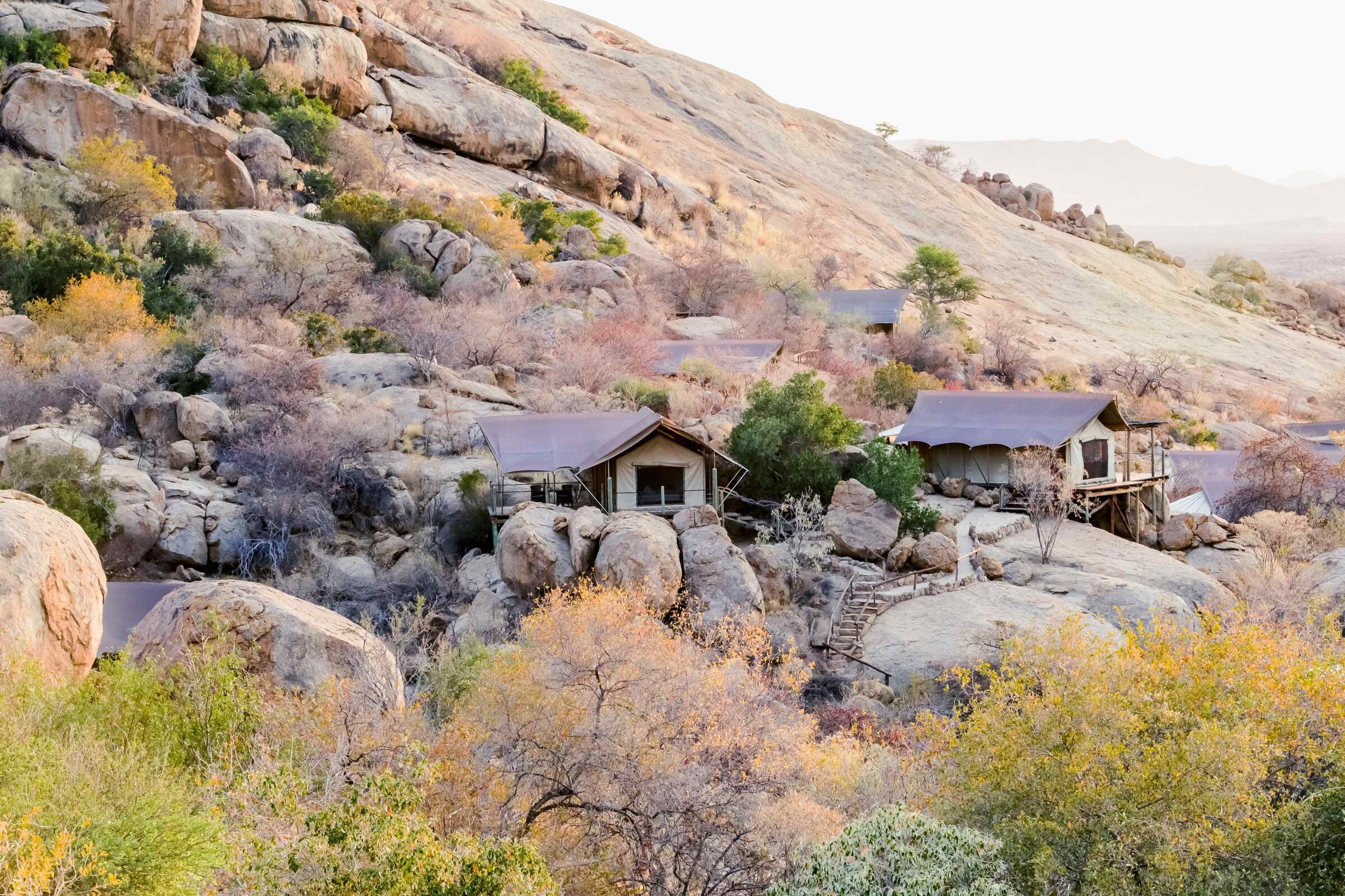
Ondudu
A long-time favorite, Ondudu Safari Lodge is now under new management, and we're eager to see how this charming, laid-back retreat continues to evolve.
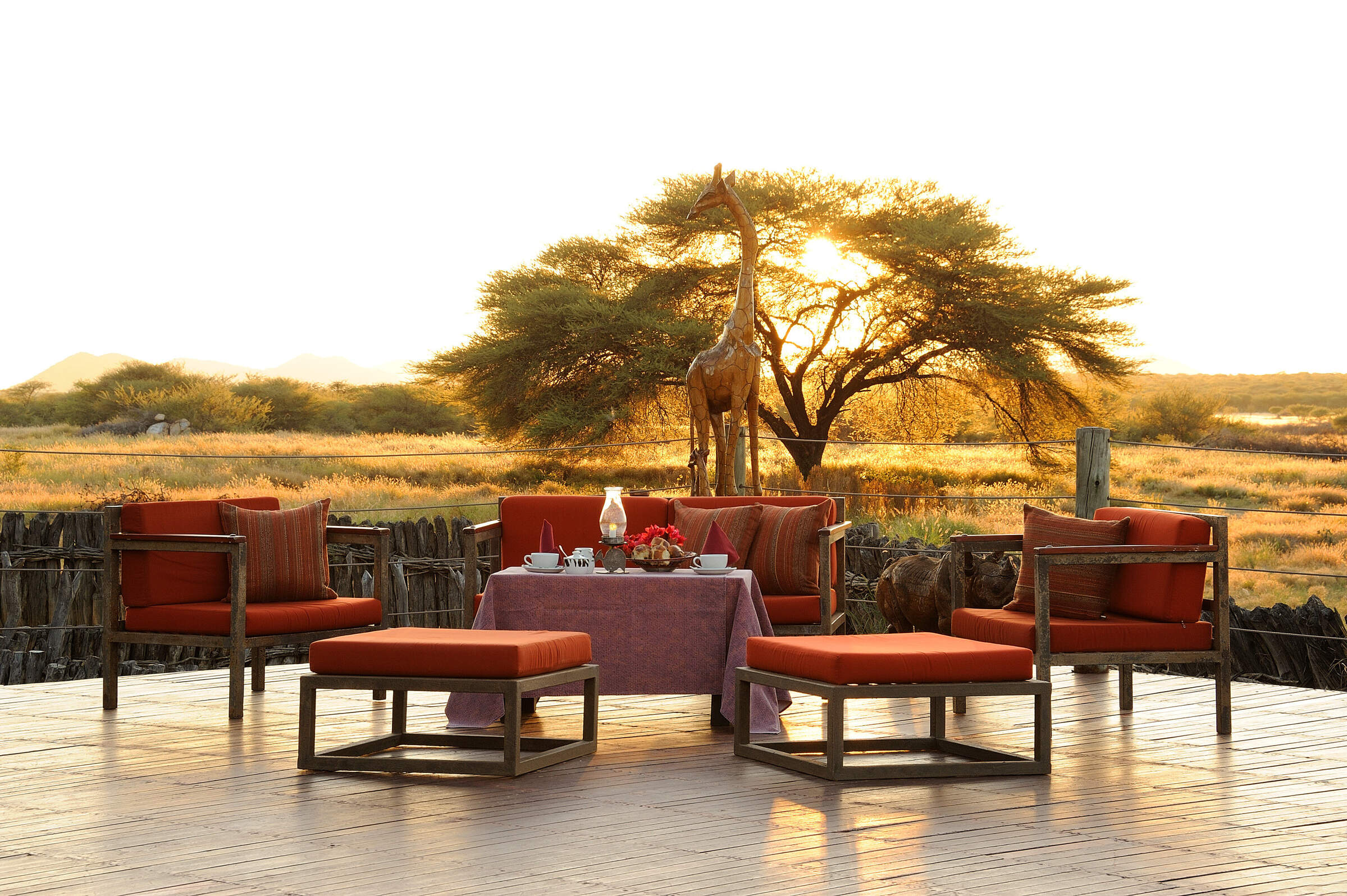
Frans Indongo Lodge
For a chance to spot some rare game species, Frans Indongo Lodge is an ideal stop over between Windhoek and the Etosha National Park.
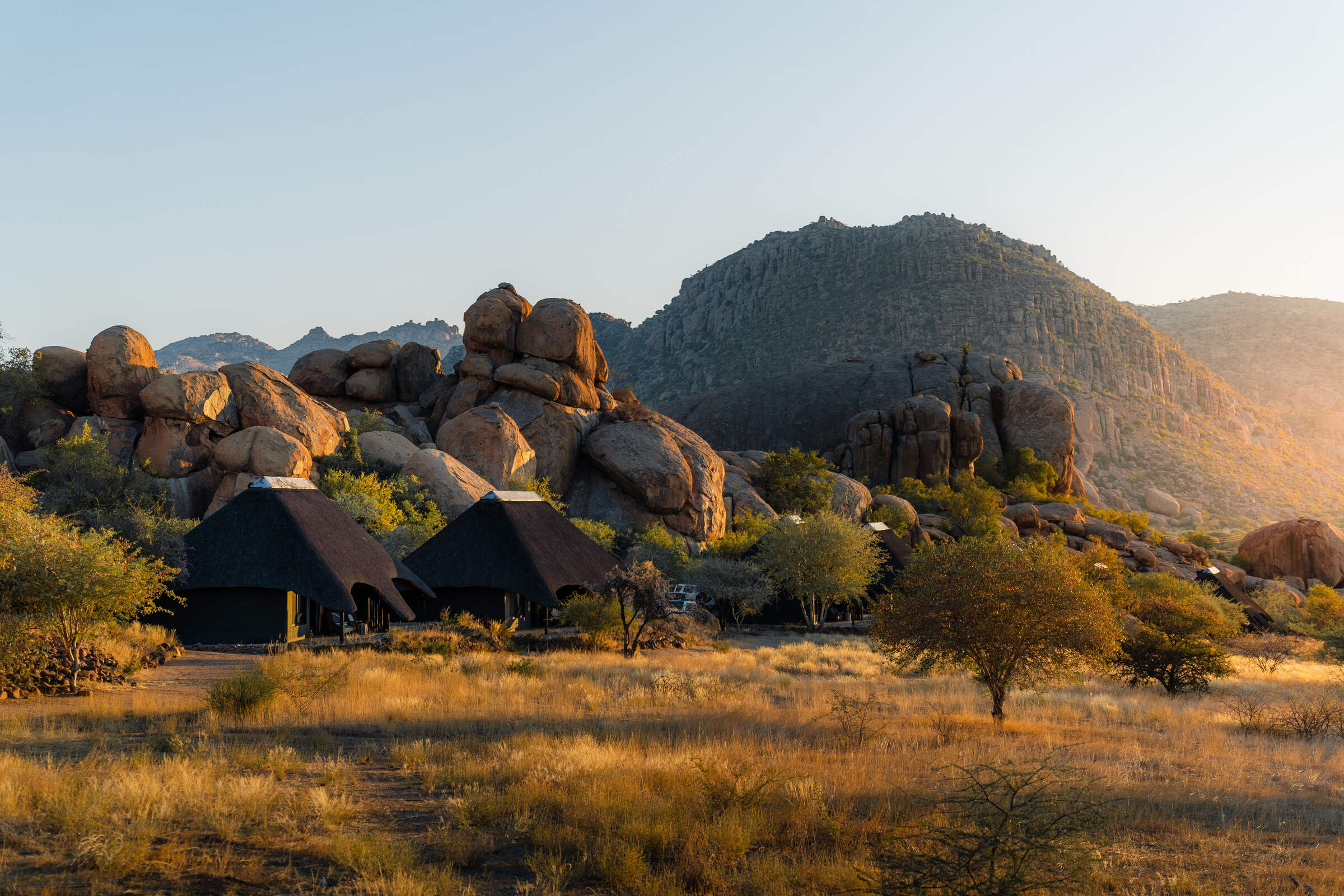
Ai Aiba Lodge
A convenient stop between Etosha and Windhoek,.Ai Aiba is a simple and relatively large lodge with plenty of great walking, and some spectacular San rock art.
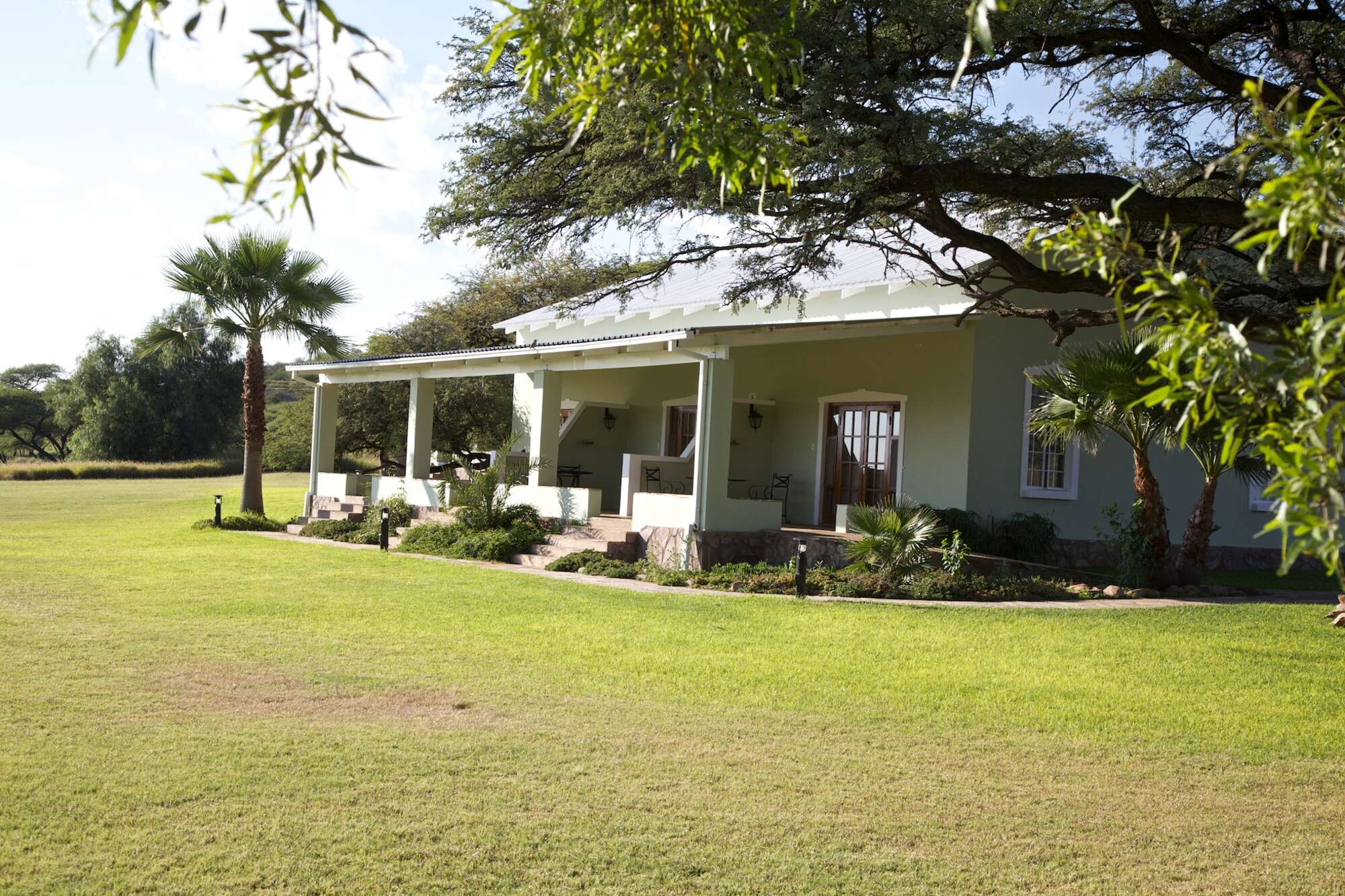
Ghaub Guest Farm
Ghaub Guestfarm is a charming guestfarm on the site of an old mission station, in an unusually verdant patch of Namibia.
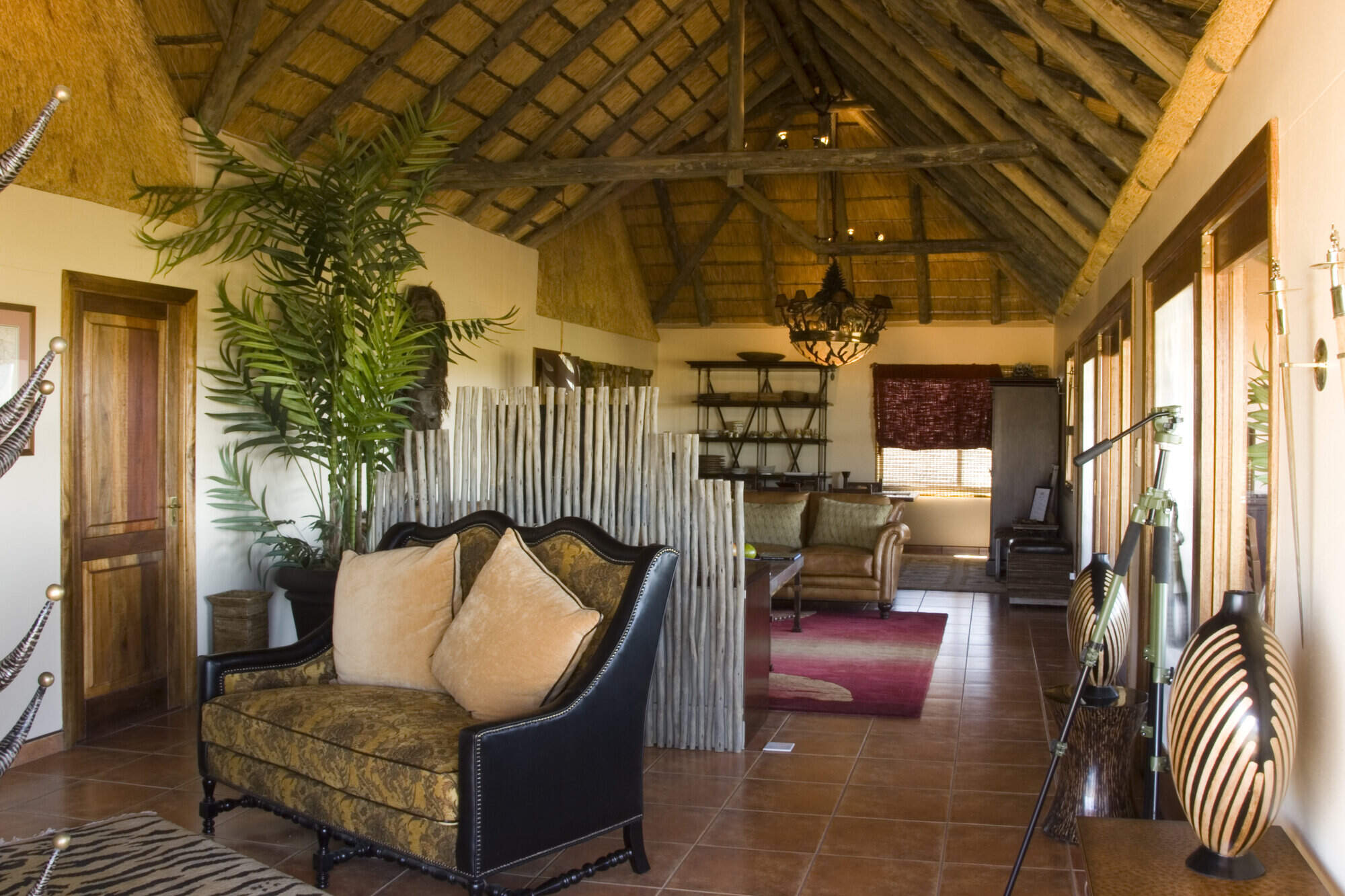
Cheetah View
Cheetah View Lodge offers guests the chance to see cheetahs at close range and to learn about the work of the Cheetah Conservation Fund.
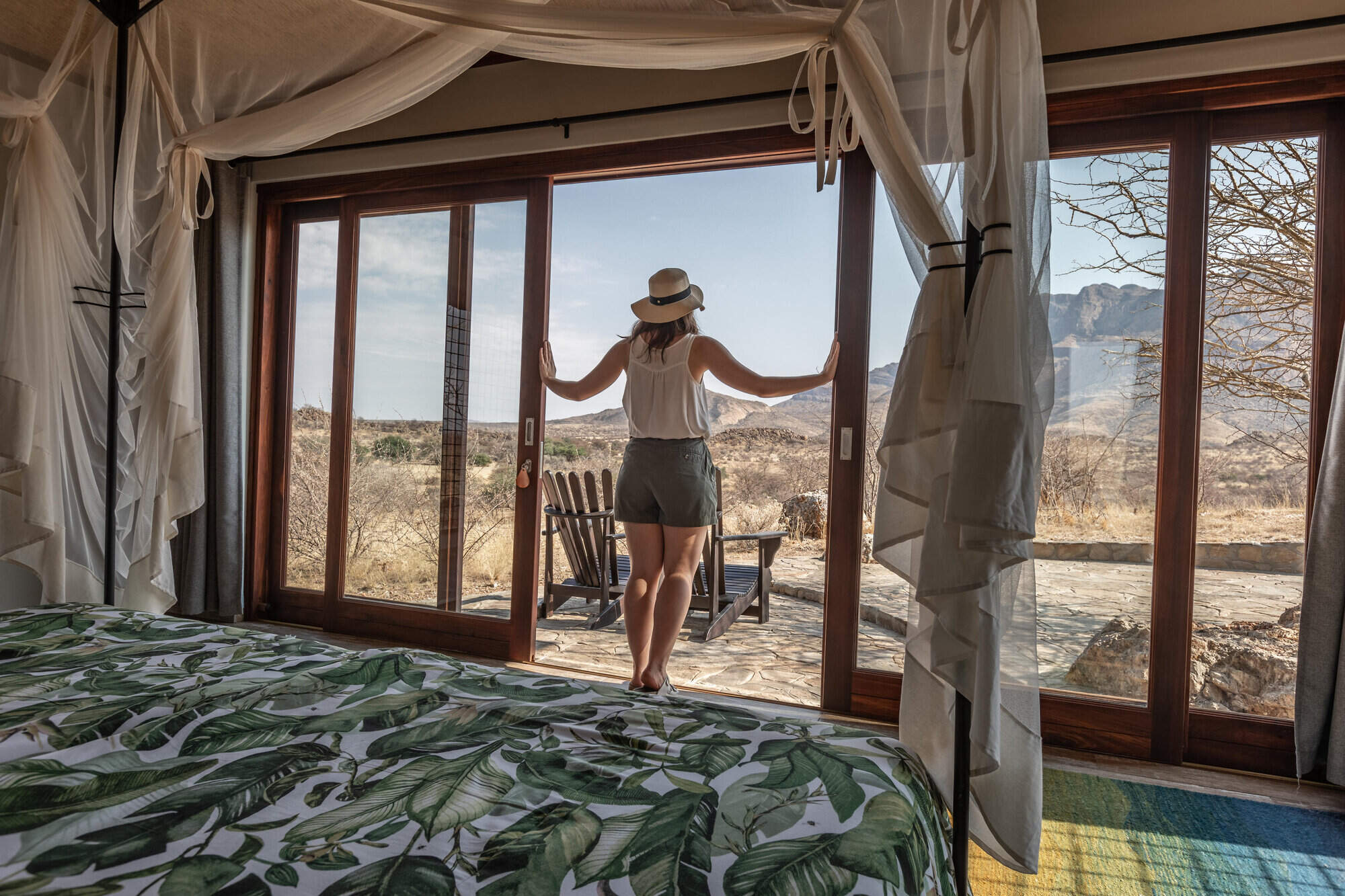
Hohenstein Lodge
Hohenstein Lodge is situated south of the Erongo Mountain Range. Each of its ten chalets has been built to make the most of the panoramic views.
When to go to Central Highlands
Our month by month guide: What it's like to visit Mundulea Reserve in Central Highlands
Jan
Feb
Mar
Apr
May
Jun
Jul
Aug
Sep
Oct
Nov
Dec
Central Highlands in January
The Central Highlands experiences the heart of the rainy season in January. The Erongo Mountains and Otavi Highlands see localised showers, creating a refreshing change in the landscape.
Days can be clear and warm, with temperatures around 30°C/86°F, while others bring spectacular thunderstorms. These rains can cause flash floods in ephemeral rivers, temporarily transforming the usually dry landscape. The greening environment makes a striking contrast, especially in the rocky terrains of Spitzkoppe and Brandberg.
Many birds in the region, including those in the Waterberg Plateau Park, are in full breeding plumage, and migrant species are abundant. Wildlife in areas like the AfriCat Foundation near Otjiwarongo may be more dispersed due to increased water availability, making sightings less predictable.
- Variable weather, hot with occasional rain
- Thunderstorms possible in the Erongo Mountains and surrounding areas
- Wildlife dispersed, harder to spot
- Birdlife spectacular in the Waterberg Plateau
- Fewer tourists, lower rates for accommodation
Our view
This is not a great time to visit
Weather in January
Central Highlands in February
February is typically the wettest month in the Central Highlands. The variation in weather is significant; areas like Okahandja and Otjiwarongo can experience heavy rains, while the Erongo Mountains might see more sporadic showers. Some days are clear and hot, while others bring cloudy skies and spectacular thunderstorms. These rains can make travel challenging, especially on unpaved roads to attractions like Spitzkoppe.
The landscape turns vibrantly green, particularly noticeable in the usually arid areas around Brandberg. This abundance of water and vegetation makes wildlife viewing in places like the Waterberg Plateau Park more challenging, as animals disperse widely. However, it's an excellent time for birdwatching, with many species raising their young and insects becoming more prevalent.
- Hot and humid with some rainfall
- Lush landscapes in Otavi Mountains
- Excellent birdwatching opportunities
- Wildlife viewing challenging but rewarding
- Few tourists, good deals on accommodation
Our view
This is not a great time to visit
Weather in February
Central Highlands in March
March usually sees the rains in the Central Highlands tapering off, and daily temperatures can spike to close to 40°C/104°F. The Erongo and Otavi Mountains may still experience occasional showers, but many days are clear with strong sunshine. Late afternoons might bring short, spectacular thunderstorms, particularly around higher elevations like Waterberg Plateau.
The landscapes across the region, from Okahandja to Otjiwarongo, are often at their most vivid green. This abundance of vegetation can make wildlife spotting more challenging in areas like the AfriCat Foundation, as animals have plenty of cover. However, it's an excellent time for hiking in the Erongo Mountains or exploring the rock art at Brandberg – though it’s recommended to hike in the early mornings to avoid the soaring temperatures and last of the summer storms in the afternoons.
Many birds and animals are finishing raising their young, making it an interesting time for nature observation.
- Less rainfall, though humid and hot
- Erongo Mountains ideal for hiking
- Animals well-fed after months of plentiful rainfall
- Migratory birds begin to depart
- Few tourists visit during March, so rates often low
Our view
A good time to visit, with pros & cons
Weather in March
Central Highlands in April
April in the Central Highlands central Namibia is dominated by dry weather, with decreasing chances of rain. Temperatures in areas like Okahandja and Otjiwarongo start to fall towards the end of the month, making daytime conditions pleasant for outdoor activities. The nights might have a slight chill, especially in higher areas like the Erongo Mountains.
The landscape remains verdant from the recent rains, creating beautiful scenery around attractions like Spitzkoppe and Brandberg. This is an excellent time for photography, with clear air and spectacular landscapes. Wildlife viewing at places like the AfriCat Foundation or Waterberg Plateau Park can be rewarding, with animals in great condition after the rainy season. However, finding big game can still be challenging as water remains widely available.
April offers good value for tourists, with many lodges still charging low-season rates.
- Cooler nights, pleasant daytime temperatures
- Easter brings a slight increase in visitors
- Wildlife more visible as vegetation thins
- Fresh air and green landscapes
- Great time for photography in Spitzkoppe
Our view
A good time to visit, with pros & cons
Weather in April
Central Highlands in May
By May, central Namibia starts drying out rapidly. Days are typically warm with crisp, clear mornings and blue skies. Evenings are cool, with temperatures potentially dropping below 10°C/50°F overnight. If the rains have been good, areas like the Erongo Mountains and Otavi Highlands remain green, but wildlife starts to concentrate around permanent water sources.
The air quality and clarity in the region can be amazing, making this an ideal month for photography at iconic locations like Spitzkoppe or Brandberg. This is an excellent time for hiking in the Erongo Mountains or exploring the Waterberg Plateau, with comfortable temperatures and increasingly good wildlife sightings.
Many lodges in the area still offer low-season prices, making May a great value month for visiting the area.
- Dry, warm days and cool nights
- Landscapes transition from green to gold
- Excellent visibility for wildlife viewing
- Moderate rates as high season approaches
Our view
A very good time to visit
Weather in May
Central Highlands in June
June brings dry conditions. Skies are blue and largely cloudless over areas like Okahandja and Otjiwarongo. Days are lovely and warm, but nights can be cold, sometimes approaching freezing in exposed areas like Spitzkoppe. Visitors should pack warm clothing for early morning activities, such as game drives at the AfriCat Foundation.
Wildlife viewing in the region, especially around Waterberg Plateau Park, follows dry-season patterns with animals congregating around water sources. The clear air makes this an excellent time for photographers to capture the dramatic landscapes of the Erongo Mountains or Brandberg.
Historically, June has offered lower rates, but with increasing popularity, some lodges now consider it part of their high season, so early booking is advisable.
- Clear, crisp days and cold nights
- Erongo Conservancy offers great game drives
- Stargazing opportunities in the Brandberg area
- Wildlife concentrates around water sources
- Moderate lodge rates, increasing number of visitors
Our view
A very good time to visit
Weather in June
Central Highlands in July
July in the Central Highlands offers reliably warm daytime temperatures above 20°C/68°F and excellent wildlife viewing opportunities. Rain is extremely rare, and clear skies provide perfect conditions for stargazing in areas like the Erongo Mountains. However, the occasional cold front can pass over the area, and nights can be very cold, potentially dipping below freezing in exposed areas like Spitzkoppe. Visitors should dress in layers and be prepared for chilly mornings and evenings.
As vegetation becomes sparse, game concentrates around water sources, making this an ideal time for wildlife viewing at places like the AfriCat Foundation near Otjiwarongo, or Waterberg Plateau Park. The dry conditions also make this a great time for hiking and rock climbing activities in the region.
Lodges typically charge high-season rates, and popular spots can book up well in advance.
- Dry days, cold nights in the Central Highlands
- Peak season for wildlife viewing begins
- European holidays bring more family travellers
- Higher rates, advanced bookings necessary
- Excellent time for hiking in Waterberg
Our view
A very good time to visit
Weather in July
Central Highlands in August
August marks the height of winter in the Central Highlands. Expect cloudless skies and warm sun during the day, but nights can drop to freezing in exposed areas like Spitzkoppe or the Erongo Mountains. Visitors should bring warm clothes for chilly mornings and evenings, especially for activities like early game drives.
The landscape is at its driest, with golden-brown vegetation dominating. This makes wildlife viewing excellent, particularly in areas like Waterberg Plateau Park or the AfriCat Foundation near Otjiwarongo, as animals congregate around remaining water sources.
August is one of the most popular times to visit the Central Highlands, especially for families. Attractions like Brandberg's rock art sites or hiking trails in the Erongo Mountains are particularly appealing in the cooler weather. Early booking is essential for the best lodges.
- Warm days in the sun, very cold nights
- Spectacular stargazing in Erongo Mountains
- Wildlife viewing at its best in the region
- Peak season rates, limited availability
Our view
Fantastic: the very best time to visit
Weather in August
Central Highlands in September
September in the Central HighlandsCentral Highlands brings blue, cloudless skies and fantastic wildlife viewing opportunities. Rain is almost unheard of, and as the month progresses, both days and nights get warmer. Daytime temperatures in areas like Okahandja and Otjiwarongo can reach the low 30s °C/80s °F .
The air becomes dustier, which can create hazy conditions for photographers capturing the dramatic landscapes of Spitzkoppe or the Erongo Mountains. Wildlife viewing is at its peak, with animals congregating around remaining water sources. This makes September an excellent time to visit places like the AfriCat Foundation or Waterberg Plateau Park.
It's one of the most popular months for visitors, especially safari enthusiasts, and lodges charge high-season rates. Early booking is advisable for prime locations.
- Warm days, temperatures rising steadily
- Landscapes golden brown, great for photos
- Excellent month for wildlife observation
- High season rates, book well in advance
- Himba cultural tours available near Opuwo
Our view
Fantastic: the very best time to visit
Weather in September
Central Highlands in October
October is typically the hottest and driest month in the Central Highlands. Temperatures build throughout the month, with daily highs potentially exceeding 40°C/104°F in areas like Okahandja and Otjiwarongo. Despite the heat, the low humidity makes conditions bearable.
This is the peak of the dry season, making it an excellent time for wildlife viewing in places like Waterberg Plateau Park or the AfriCat Foundation, as animals gather around scarce water sources. However, dust and occasional smoke can make the air hazy, challenging for photographers. The Erongo Mountains and Spitzkoppe offer dramatic, parched landscapes.
October is popular among wildlife enthusiasts and commands peak-season prices. Towards the end of the month, visitor numbers may decrease slightly, offering a window for last-minute bookings.
- Hot and dry throughout Central Highlands
- Prime time for game viewing in reserves
- Waterberg Plateau offers scenic hikes
- Peak rates, limited availability at lodges
- Spitzkoppe ideal for rock art enthusiasts
Our view
A very good time to visit
Weather in October
Central Highlands in November
November in the Central Highlands can be unpredictable. Mornings are often hot and cloudless, but afternoons may bring cloud cover and cooler temperatures. Areas like Okahandja and Otjiwarongo might experience spectacular late-afternoon thunderstorms as humidity builds. These storms are typically localised and may be absent from more arid areas like Spitzkoppe. Places receiving good rain, such as the Erongo Mountains, quickly turn green, bringing a sense of renewal to the landscape.
This is an exciting time for wildlife, with many mammals giving birth. Once rains arrive, wildlife in areas like Waterberg Plateau Park becomes more dispersed, making game viewing more challenging. However, November is excellent for birdwatchers, with migrant species arriving in breeding plumage, especially noticeable in the diverse habitats of the Central Highlands.
- Variable weather, possible early rains
- New vegetation growth begins if it rains
- Wildlife viewing good in Erongo region
- Shoulder season, rates become more moderate
- Bird watching excellent as migrants return
Our view
A good time to visit, with pros & cons
Weather in November
Central Highlands in December
December marks the start of the rainy season in the Central Highlands and is one of the hottest months. In areas like Okahandja and Otjiwarongo, clear mornings often give way to building clouds and occasional spectacular thunderstorms. These rains are generally welcomed, refreshing the parched landscapes of places like the Erongo Mountains and Spitzkoppe. Even short showers can trigger a rapid greening, providing food for young animals.
Wildlife tends to disperse widely, which can make game viewing at locations like the AfriCat Foundation or Waterberg Plateau Park more challenging. However, many birds are breeding, sporting their most colourful plumage.
The holiday season can make popular attractions and accommodation options busy, especially in cooler areas like the Erongo Mountains. Visitors should book well in advance and be prepared for potential weather-related changes to their plans.
- Hot with possibility of rain showers
- Landscapes green where rain has fallen
- Otavi Mountains offer scenic game drives
- Best time for birding enthusiasts
- Holiday season brings more local tourists
Our view
This is not a great time to visit
Weather in December

Looking for inspiration on where to travel next?
Visit our trip chooser to explore your options and find inspiration for your perfect African adventure
Inspire me